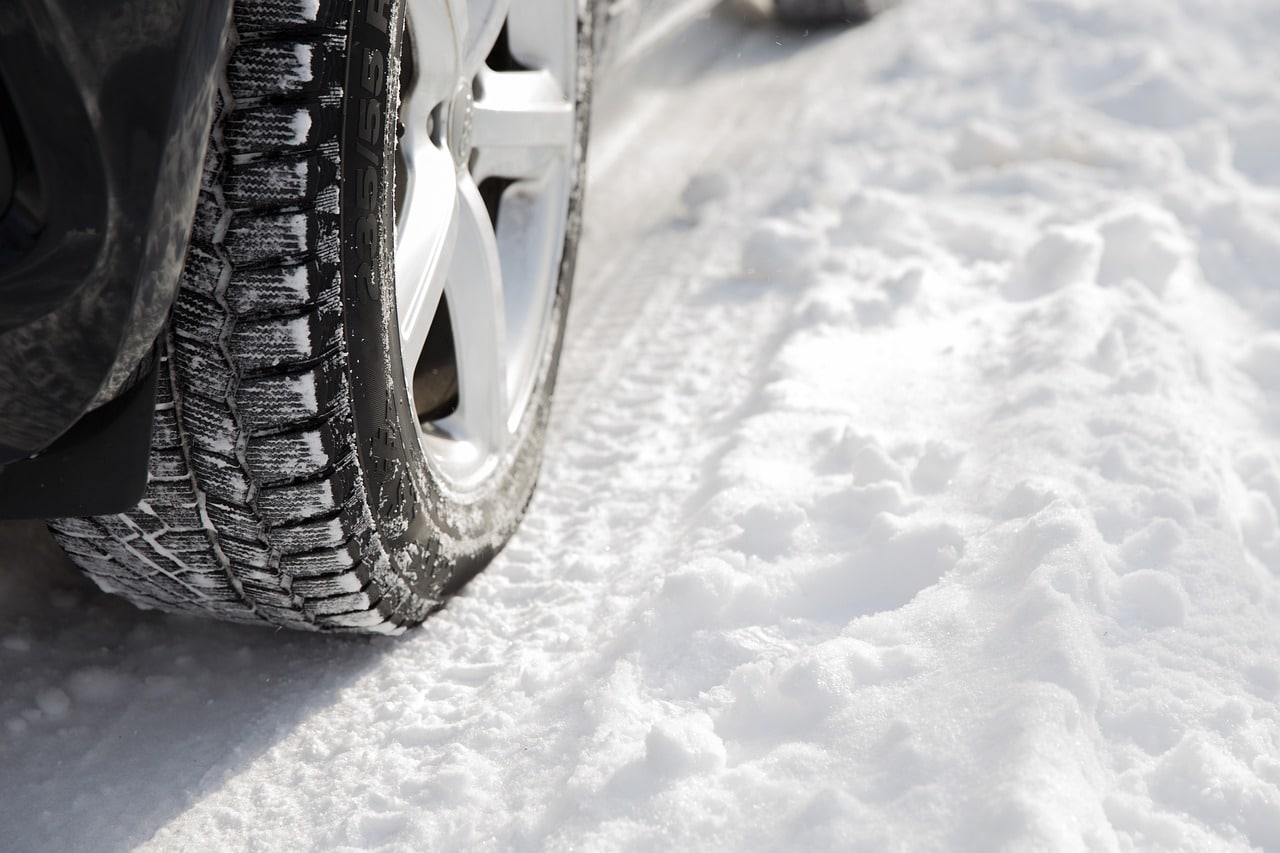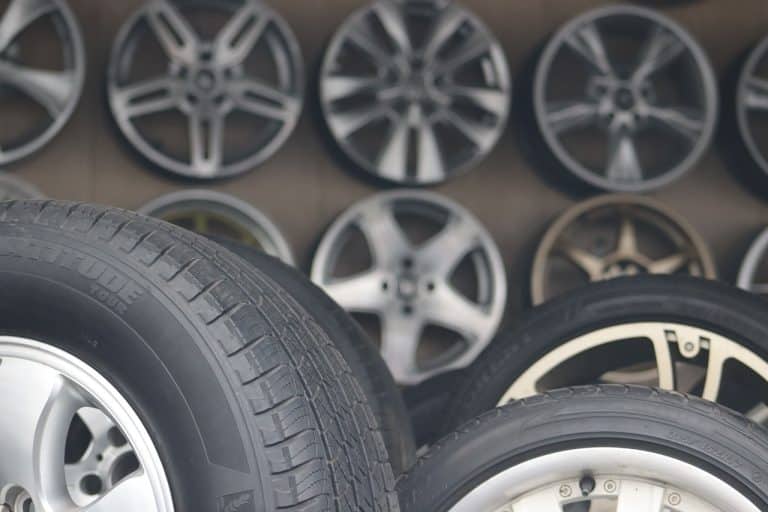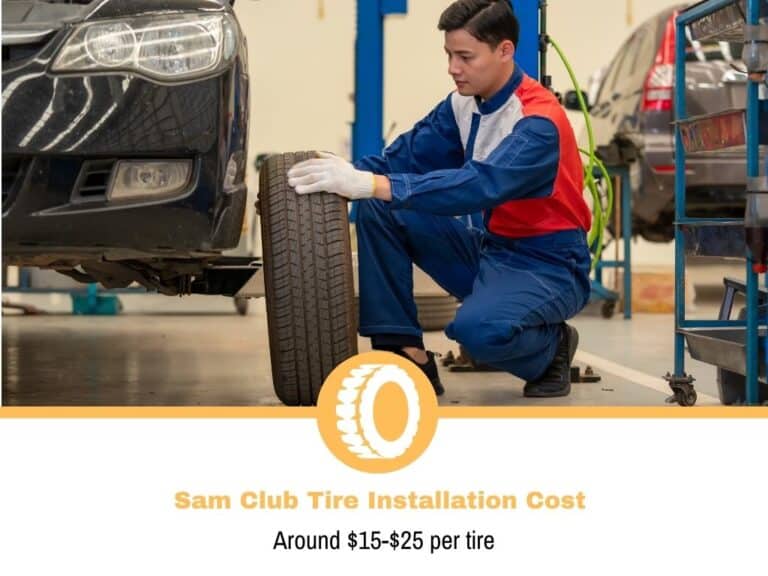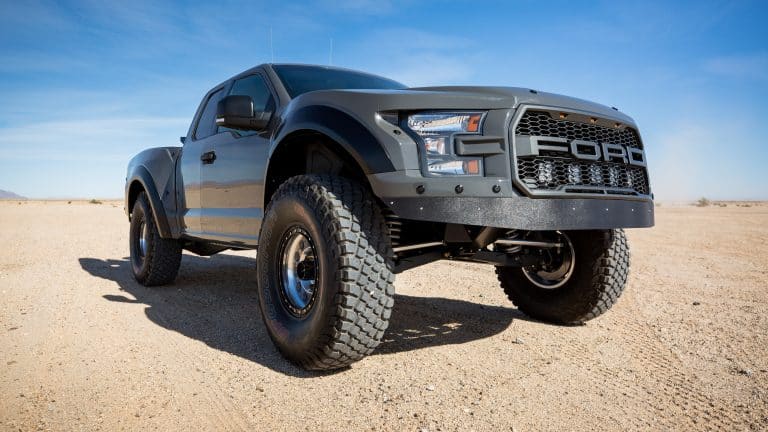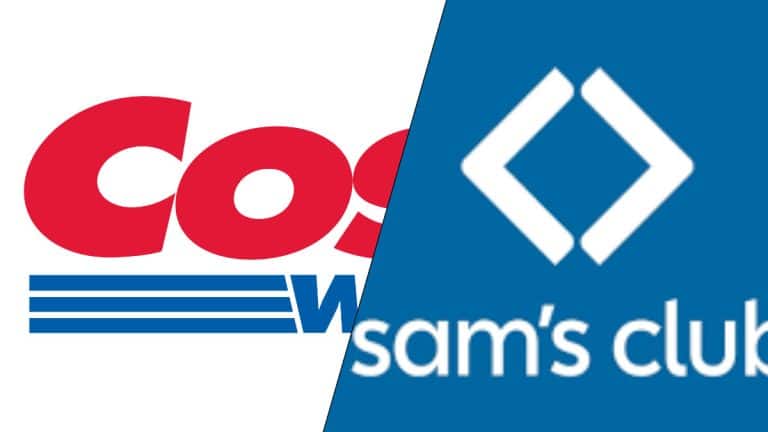M+S vs. 3PMSF: What You Should Know
If you’ve ever been in a situation where you needed to get a new set of tires, you know that each model has multiple markings. Regardless if it’s the dimension, speed or load rating, production week, etc., these are crucial things you should know when you’re getting some new shoes for your car.
Knowing the markings is crucial to getting the correct set of tires. A slight change in dimensions isn’t too problematic or getting a tire with a higher speed and load rating, but others can be essential to the type of performance you’re looking to get.
Take winter or all-season tires for example. They have markings that “explain” the performance you’ll get, so it’s essential to know them beforehand. Some car owners don’t know what the markings mean, so I’m here to help them out.
There are two markings for winter tires that can get mixed. M+S and 3PMSF are industry standard ratings that should give you an idea of how a tire is rated to perform in these conditions. The problem is that these two sometimes get confused, so today I’ll set the record straight.
In this guide, I’ll compare what these two ratings mean and which one is a better choice for you in which condition.
M+S vs. 3PMSFM
You can find M+S and 3PMSF on tires that can perform in winter. M+S stands for mud and snow, something you’ll find on all-season or all-terrain tires, models that can be used in summer and winter conditions. As good as this sounds, the winter performance of these tires is “limited”, so you won’t be getting the most performance in the harshest winter conditions.
3PMSF is a rating that gets assigned to winter tires, the ones that I recommend going for in situations where you need to drive on deeper snow or icy roads. This is something you’ll find on winter and some all-weather tires. Tires with this rating are the ones where you can rely more in extremer winter conditions.
M+S Rating
M+S stands for mud and snow, showing that a tire is rated to deliver performance in those conditions. While at first glance this seems like it would be an excellent tire for winter driving, you’d be wrong. It can perform in mud and snow, but not to the extent you think.
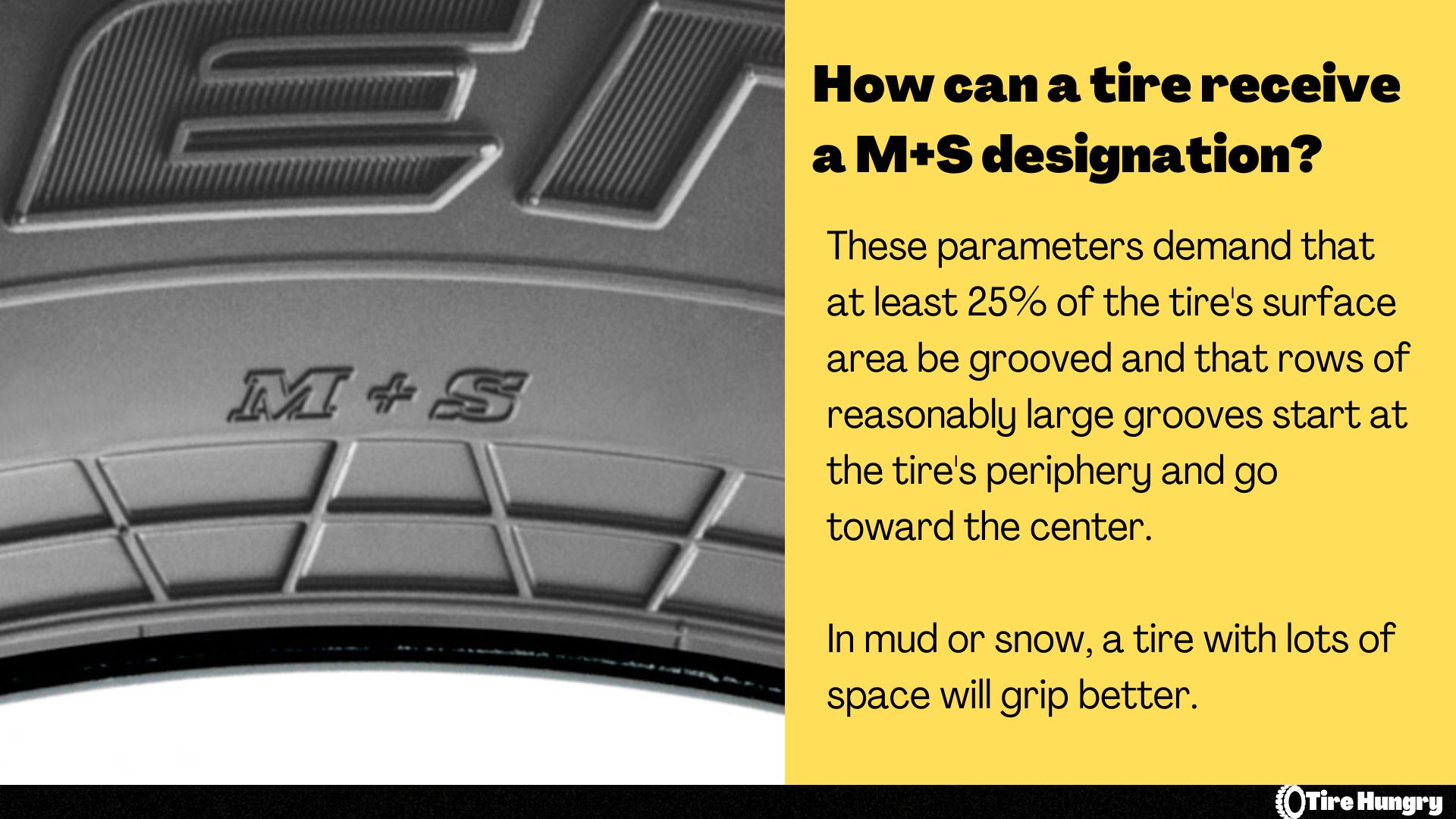
This rating is assigned to all-season tires, the ones I often say are good enough for mild winters. It can stay pliable in colder temperatures, and you’ll have decent traction in light snow conditions. A tire with an M+S rating will struggle in other situations.
For snow performance, M+S-rated tires do a decent job if the snow is shallow and unpacked and are usable over packed snow. The problem with these is that the rating doesn’t cover other conditions like ice or slush, something that these tires will struggle with.
Another thing worth mentioning is the temperature. All-season tires with an M+S rating are usable in winter, but there’s a limitation at which temperature they can perform. Don’t forget that the compound is designed to be used in summer and winter, but the range isn’t as extensive as you may think. In frigid temperatures, the tire hardens and isn’t able to deliver the performance needed.
3PMSF Rating
3PMSF or 3 peak mountain snowflake rating is assigned to tires that have a better performance in winter conditions than ones with the M+S rating. Things are mixed up here, so I’ll try to explain as simply as possible.
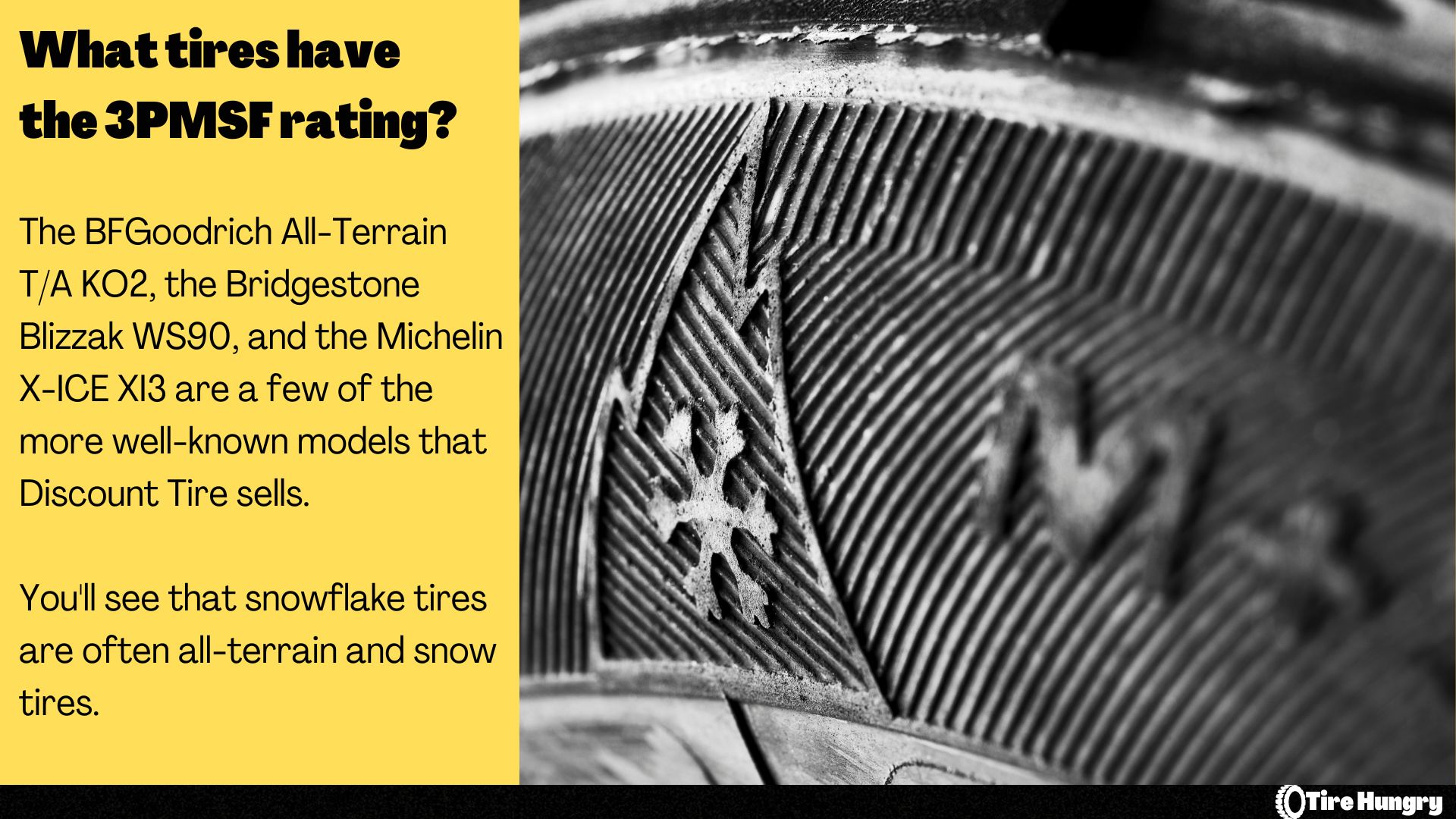
Mostly, the 3PMSF rating goes on winter tires, so you’ll know that you’ll be getting a better performance in harsher conditions. You’ll find this marking on most winter tires, so thanks to that, you’ll know that the performance in winter shouldn’t disappoint.
On one side, you have the tread pattern which can deliver performance even in deeper snow or ice, and on the other, you have the rubber compound, which will remain “soft” even in freezing temperatures. Combining these gives tires the 3PMSF crown, enabling them to outperform any M+S rated tires.
As the industry expands, we begin to see this rating on all-weather tires. if you’ve read my comparison of all-season and all-weather tires you’ll know that the second ones are a bit better than the first in winter performance. The performance levels are somewhere between all-season and winter tires. Some of these models come with the 3PMSF rating.
Differences Between M+S and 3PMSF Rated Tires
The most obvious difference between these two ratings is the winter performance. Tires with a 3PMSF rating will perform better than M+S rated ones, which is why you won’t find a winter tire just with the M+S rating. The simplest way of explaining this is that M+S is found on all-season tires, while the 3PMSF is found on winter or some all-weather models.
With that said, keep in mind that a winter tire will have both ratings, while an all-season one will have only M+S. This means that the easiest way to figure if a tire is rated to perform well in harsh winter conditions is to look for the 3PMSF rating.
The next major difference is how the ratings are assigned. Sure, a winter tire gets both, but there are some criteria involved, so it’s not like they stamp the markings based on the type of tire you’re looking at.
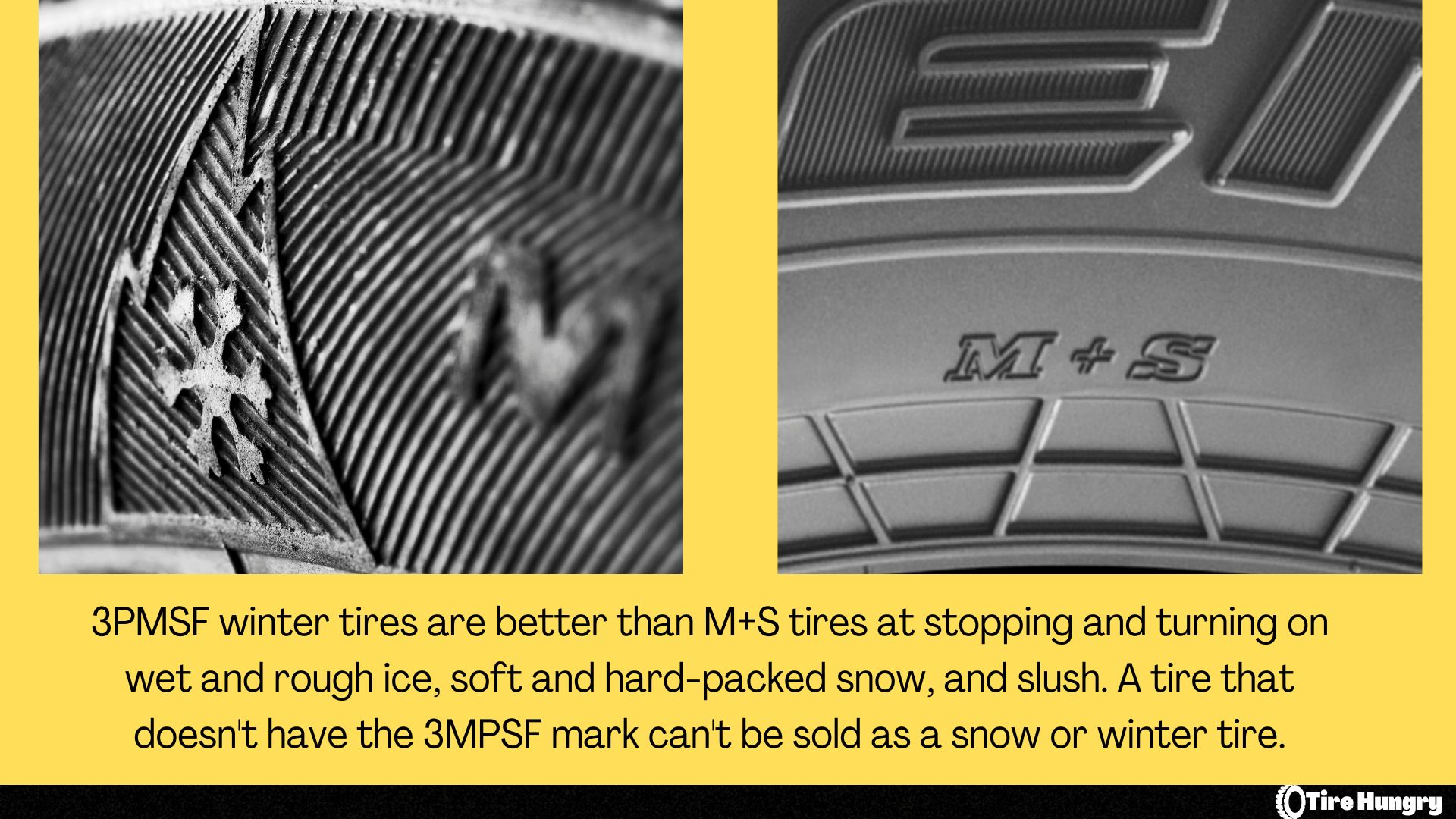
Tires can get the M+S rating “easily” as there aren’t too many conditions attached to them. Manufacturers need to use a compound that won’t harden at temperatures at which a summer tire would. The second condition is the tread pattern that needs to be aggressive enough for performance in snowy conditions. The requirement is that the tire needs to comprise 25% grooves and if both are met, the tire will get the M+S rating.
With the 3PMSF rating, things are different. Since they use this marking for tires that should be better than M+S in winter performance, a few more conditions need to be met for the tires to get this rating. Let’s start with the rubber compound. In this case, it’s a more rigorous testing and the compound needs to stay soft at temperatures below 40 degrees Fahrenheit.
Unlike M+S tires that are good for light winter conditions, tires with the 3PMSF rating need to offer more. So on top of the better snow performance, you’re also getting improved performance in colder temperatures, ice, and slush.
Before I continue there’s a very important note I need to make. In this comparison, the M+S and 3PMSF ratings I talk about are for passenger tires. When you’re looking at all-terrain tires, you’ll notice that most of them have the 3PMSF rating, but they are still technically all-season tires. The aggressive tread pattern gives them good winter performance.
When Should you Get M+S Rated Tires?
M+S tires, the ones without the 3PMSF rating are all-season or sometimes all-weather tires. A solid option for people that want one set of tires throughout the year. As good as this sounds, there are a few caveats here.
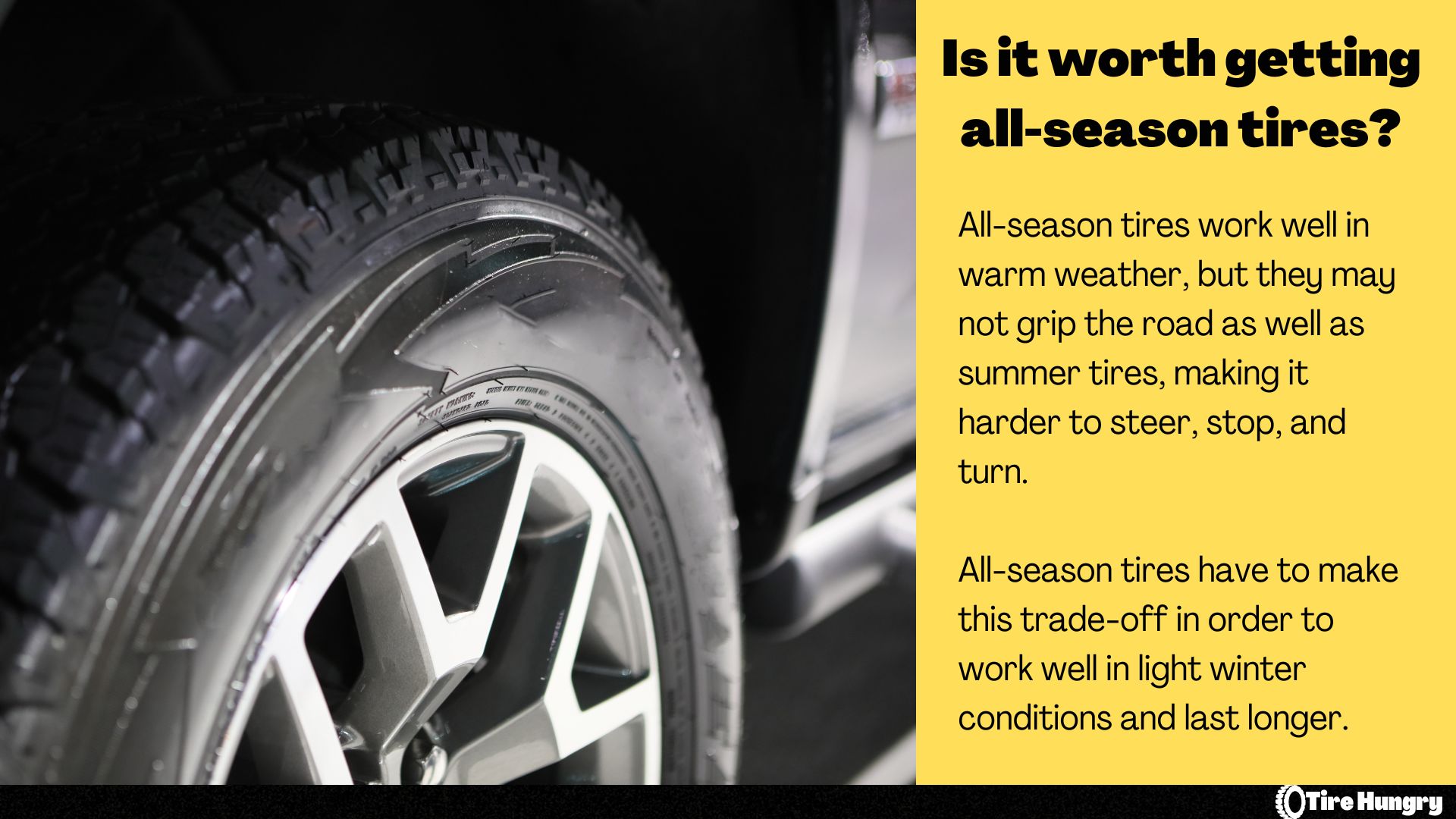
Since M+S-rated tires are mostly all-season ones, they are a blend of summer and winter tires. With that, you won’t get the best summer and winter performance. It’s not so problematic in summer, but in winter, think twice. The limited winter performance of M+S tires means you can use them if the winters in your areas are mild. This means that there isn’t a lot of snow and the temperatures don’t drop too low.
When Should you Get 3PMSF Rated Tires?
Considering the improved winter performance of 3PMSF-rated tires, consider them if you live in areas with harsher winters. More snow, icy roads, lower temperatures – these are conditions where these kinds of tires shouldn’t disappoint.
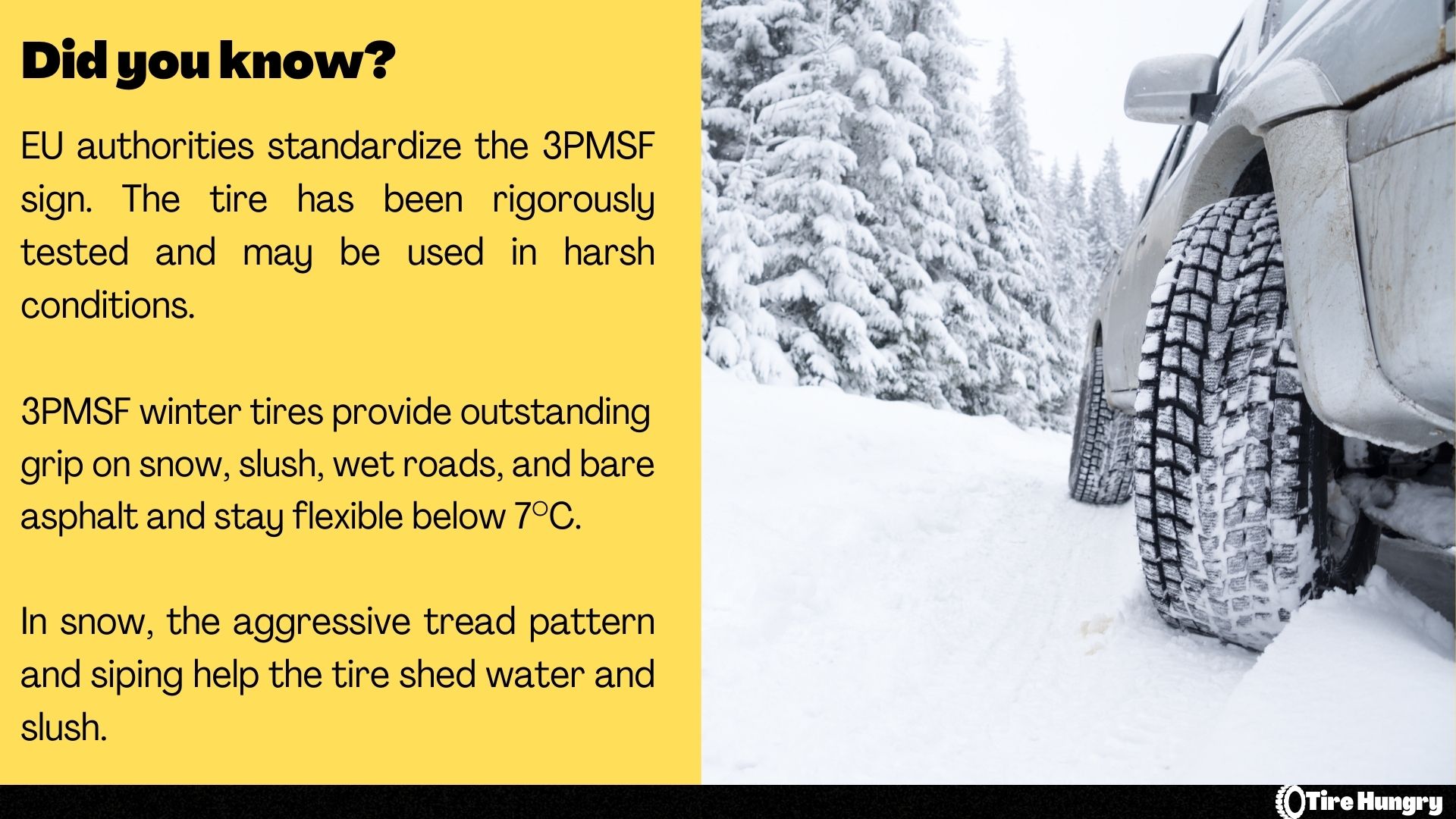
In my situation, the winters here aren’t particularly terrible, so a set of all-season tires would work for me well. With that said, by going for proper winter tires with a 3PMSF rating, I’m ensuring that even in the event of a snowstorm that can last for several hours, I’ll have the performance necessary.
An important thing to consider here is that if you’re going for 3PMSF-rated tires, you’ll also need a set of summer ones unless you live way up north.
Conclusion
Like most comparisons I usually make, deciding which path to take will depend on your preferences and what you expect to get out of it. The same goes for choosing between M+S or 3PMSF-rated tires – both have their pros and cons, but regardless of that, they’re designed for different driving conditions.
All-season tires with an M+S rating are becoming a standard choice these days because of their flexibility. If you don’t experience driving in harsh winters, these tires will get the job done in summer and winter, enabling you to save some money and avoid the hassle of changing a set of tires twice a year. It sounds perfect, but keep in mind that the winter performance is limited.
For the more extreme conditions, you should look at 3PMSF-rated tires. In every measurable metric, these tires will perform better than M+S-rated ones, which is why there are some areas where you’re required by law to have 3PMSF-rated tires. With that said, consider that by going for these tires, you will need to have a set of summer tires if you live in an area where summer isn’t something you see on YouTube videos.
